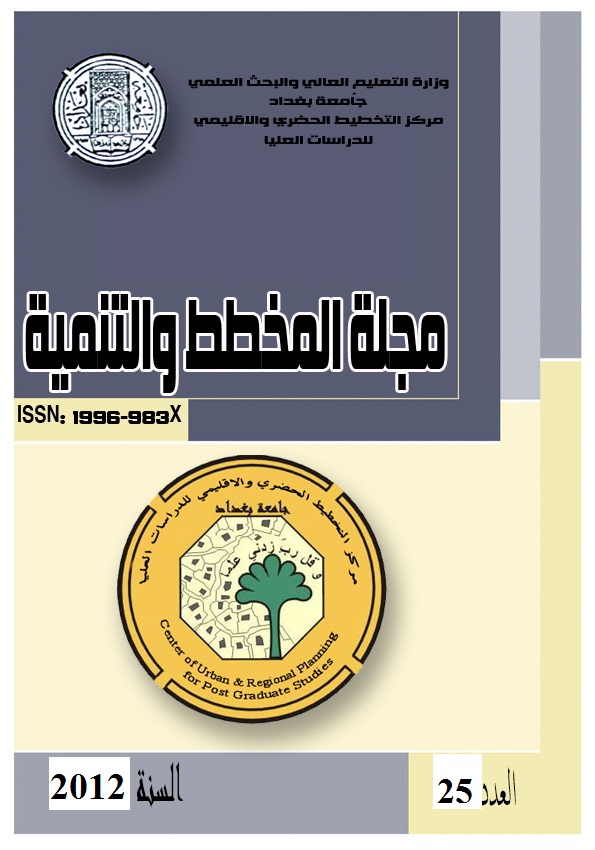The environmental impacts of reviving Hor Alsnav By the water of the river of out fall drain in the province of Dhi Qar
Keywords:
Alsnav HorAbstract
The aim of this study is to explain methods to be followed for the recovery Alsnav Hor, who represents the northwest portion of the Hammar Marsh in the province of Dhi Qar, after the drought in which that happened in 2008. The study included description of the region before the drought, the description of its natural and human environments, the economic events and activities, then the study included drought throughout the region, the environmental impacts caused by drought, its impact on social reality, economic and healthy for its environment, and then reached to the problems of social and economic in the region, depending on the Field studies and documented in the specialized government departments, information analysis for these studies. Then the study dealt with feeding the Marshland with Main Outfall Drain water, describe of environmental impacts, through analysis and discussion of water quality before and after feeding, depending on the laboratory of the environment directorate of the province of Dhi Qar, and finally put treatment planning for the most important needs of the population of the region to revive it. The study results showed that there is, at present, a large number of population (Hor Alsnav) living in a realistic manner within the marsh or adjacent. They suffer from the lack of essential services, immigration repeated, not stability permanent as a result of drought, which in turn affected their social life, spread its influence to communities that have migrated to it, causing many social problems that still these people suffer from it, such as high illiteracy rates, the emergence of cases of social misery as a result of poor quality houses, non-availability of basic services, live in conditions of social and cultural miserable alarming and requires rapid intervention by the competent authorities to save the region and its inhabitants. The results of the study showed, through the study of the results of tests of marsh water before and after feeding, the inability of Marsh to absorb the quantities of waste water and water drainage. In other words, its ability to self-purification is weak. As feeding water of Main Outfall Drain to Marsh lead to high organic load, which leads to high water pollution because of drains water containing increasing it, as a result of decomposition of phosphate fertilizers used in the fertilization of agricultural land nearby. As well as untreated water and sewage which is pumped to Main Outfall Drain water without treatment in many cases.



